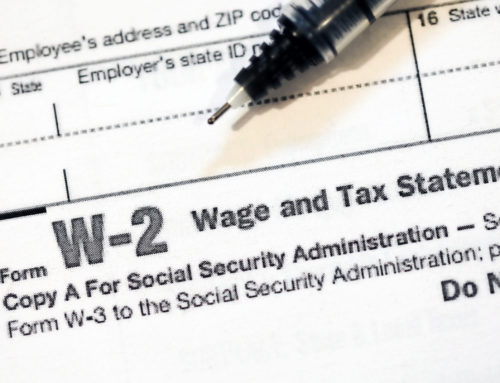When you’re ready to begin rehiring employees, it’s important to make sure that you’ve developed a comprehensive employment agreement that you can utilize to protect the hiring relationship going forward. If you didn’t have agreements in place prior to your reduction in force, this can serve as a great opportunity to fix things that have been overlooked in the past.
An employee agreement is a traditional document used in relationships between employees and employers for the purpose of laying out the rights, responsibilities, and obligations of both parties during the employment period.
Given its purpose, an employment agreement can be one of those vital documents utilized by an employer. The employee agreement will allow an employer to solidify the relationship with employees to make certain that the key terms of the contractual relationship are understood by each party. Examples of these key terms are:
- Salary
- Benefits
- Work schedule
- Vacation allotment
- Restriction on confidential information
Employer benefits that are generally offered and included in an employment agreement include health insurance and 401K matching in addition to non-traditional offerings, such as vacation based on hitting performance goals.
An employee agreement will typically be reduced to a traditionally written agreement that will require the employer and employee to acknowledge and sign. That said, employers do not have to reduce every employee agreement to a written contract.
In fact, more frequently than being reduced to writing, employee agreements can be implied via verbal statements or additional actions taken by either the employer or the employee. These implied agreements can take the form of company-authorized memoranda, company policies and procedures, or employee handbook material.
Termination and “At-Will” Employment
In the event of termination, an employee is most likely to use an employment contract to demonstrate that an employer did not have an exclusive right to terminate the employee. In many states, employment is most frequently classified as at-will, which allows the employer to terminate any employee at any given moment, so long as the rationale for termination is not an illegal action against the employee. An at-will employment agreement also works the other way, as it allows an employee to resign at any time.
Employees that have agreed with employers to obtain employment via an employment agreement will not be classified as an at-will employee, as the employment agreement will generally dictate the conditions upon which an employer may terminate an employee.
Employers who form employment relationships with employees who are classified as at-will employees will require at-will employees to acknowledge via signature on an employee handbook that the employee confirms and understands that by signing the document his/her employment is an at-will arrangement.
For at-will employees, it is important to understand that signing an acknowledgment or employee handbook is unlike signing an employment agreement as an employer may terminate an employee, so long as the reason is not illegal.







Leave A Comment